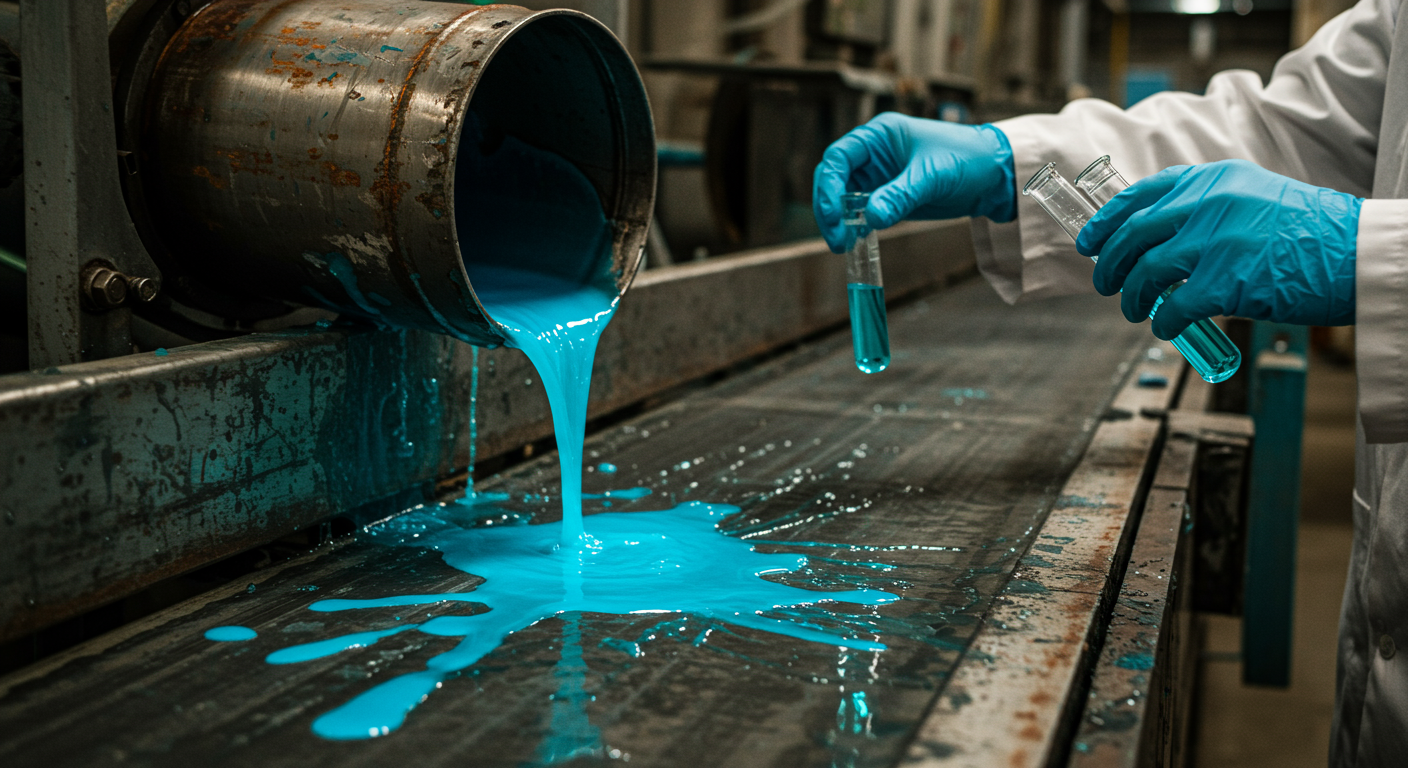- Introduction
- Defining Product Defects and Manufacturer’s Liability
- Key Coverage Types in Product Liability Insurance
- Assessing Risk: Identifying Common Manufacturing Defects
- Policy Limits, Deductibles, and Exclusions Explained
- The Role of Third-Party Claims and Legal Defense Costs
- Product Recall Coverage: When and How It Applies
- Steps to Filing a Product Defect Claim Successfully
- Best Practices for Documentation and Risk Management
- Cost Factors: Premium Determinants and Savings Strategies
- Choosing the Right Insurer: Questions to Ask and Red Flags
- Conclusion
1. Introduction
Manufacturers face significant financial risk from claims related to product defects, encompassing bodily injury, property damage, and recall expenses.
Navigating the complexities of liability insurance is critical to protecting your business against these risks.
This guide outlines coverage essentials, risk management strategies, and what to consider when choosing an insurer to ensure robust protection throughout your manufacturing operations.

2. Defining Product Defects and Manufacturer’s Liability
Product defects occur when a product fails to perform as safely as consumers expect, leading to injury or property damage.
These defects fall into three main categories: design defects, manufacturing defects, and labeling or warning defects.
Design defects originate in the blueprint, making every item inherently flawed.
Manufacturing defects arise during production, affecting only certain units.
Labeling defects happen when instructions, warnings, or ingredients are inadequate or misleading.
Under strict liability rules, manufacturers are responsible for harm caused by defects regardless of negligence.
Negligence-based liability requires proof that the manufacturer failed to exercise reasonable care in design, production, or quality control.
Understanding these legal frameworks is vital for selecting the right product liability insurance.
3. Key Coverage Types in Product Liability Insurance
General liability insurance provides foundational coverage for bodily injury and property damage claims linked to your products.
Product liability insurance extends this protection to claims specifically arising from product defects and failures.
Completed operations coverage handles liability for products once they have left your premises.
Products-completed operations coverage is essential for manufacturers whose goods remain in the market for years.
Legal defense costs are often covered in addition to the policy limit, shielding your balance sheet from pricey attorney fees and court judgments.
Some policies offer supplementary coverages like personal and advertising injury or property damage to your own work.

4. Assessing Risk: Identifying Common Manufacturing Defects
Risk assessment begins by mapping your production process and pinpointing vulnerable stages.
Look for contamination risks, improper assembly, material inconsistencies, or calibration errors.
Labeling and packaging errors can expose you to claims if safety warnings are missing or misleading.
Electronic components, chemicals, or moving parts often present higher liability exposure due to complexity.
Supplier-related defects pose additional threats, so vet raw material providers carefully and audit their quality control.
Regularly review past claims data to spot recurring issues and adjust your process accordingly.
5. Policy Limits, Deductibles, and Exclusions Explained
Policy limits determine the maximum amount your insurer will pay for a single claim or an aggregate of claims over the policy term.
Choosing sufficiently high limits helps ensure coverage for worst-case scenarios without leaving uncovered exposures.
Deductibles represent the out-of-pocket cost you assume before insurance kicks in.
Higher deductibles usually lower premium costs but increase immediate expenses should a claim arise.
Exclusions define what risks are not covered under your policy.
Common exclusions include intentional wrongdoing, contractual liability, pollution, or known defects.
Carefully review the policy wording to identify any gaps that could leave you vulnerable.
Endorsements and riders can fill coverage gaps for specific risks like pollution or cyber-related product tampering.

6. The Role of Third-Party Claims and Legal Defense Costs
Third-party claims involve customers, retailers, or bystanders who allege harm from your products.
Your insurer typically defends you against these claims, covering attorney fees, expert witness costs, and court expenses.
Defense costs can quickly outpace settlement amounts, making legal expense coverage critical.
Some policies allocate defense costs outside the limits, while others erode the overall limit with every bill.
Understanding how your policy treats defense costs helps you gauge total available protection.
Prompt reporting of third-party claims ensures you meet policy conditions and preserve your coverage.
7. Product Recall Coverage: When and How It Applies
Product recall coverage reimburses expenses related to withdrawing or repairing defective products.
It typically covers recall management, public relations, shipping costs, and disposal fees.
Not all standard liability policies include recall coverage, so verify whether it’s added as an endorsement.
Trigger events may include regulatory mandates, consumer complaints, or internal quality tests.
Review the scope of covered recall costs, including third-party logistics and crisis communication services.
A swift, well-funded recall can protect your brand reputation and limit long-term liability exposure.

8. Steps to Filing a Product Defect Claim Successfully
First, notify your insurance provider as soon as you discover or receive notice of a defect.
Next, gather and preserve samples, production records, and quality control logs.
Then, consult legal counsel to review your liability exposure and align your response strategy.
After that, complete the claim form with precise details and submit any supporting documentation.
Stay in close contact with your insurer’s claims adjuster to answer questions and provide updates.
Maintain clear records of all expenses, communications, and corrective actions taken.
9. Best Practices for Documentation and Risk Management
Implement standardized recordkeeping for design specs, material batches, inspection reports, and testing results.
Document any changes to processes or suppliers and conduct root cause analyses for all incidents.
Train employees on quality control procedures, safety protocols, and proper reporting channels.
Schedule regular audits and third-party inspections to validate compliance with industry standards.
Use trend analysis to identify emerging risks and allocate resources to de-risk high-exposure areas.
Integrate your insurance broker into your risk management team to align coverage with evolving exposures.

10. Cost Factors: Premium Determinants and Savings Strategies
Premiums depend on product complexity, annual revenue, claim history, and geographic distribution of sales.
Manufacturers of high-risk items like electrical equipment, chemicals, or children’s toys often pay higher rates.
Risk management programs, such as ISO certifications or Six Sigma protocols, can earn premium credits.
Higher deductibles, policy bundling, and loyalty discounts also contribute to lower costs.
Regularly review your loss runs and discuss emerging claims trends with your broker to adjust coverage cost-effectively.
Investing in safety technology, staff training, and supplier audits can deliver long-term premium savings.
11. Choosing the Right Insurer: Questions to Ask and Red Flags
Ask about the insurer’s experience in manufacturing and product liability markets.
Inquire whether they handle claims in all jurisdictions where your products are sold.
Verify the insurer’s financial strength ratings from AM Best, S&P, or Moody’s to ensure they can pay large claims.
Clarify turnaround times for claims handling, approval of defense counsel, and coverage endorsements.
Be wary of unusually low premiums that may signal under-reserving or hidden exclusions.
Avoid carriers with poor communication, opaque policy language, or a history of coverage disputes.
Selecting an insurer that partners with you on risk management enhances protection and controls costs.
A robust product liability program starts with clear definitions, adequate limits, and a proactive loss-prevention mindset.
12. Conclusion
Taking a proactive approach to product defect risk—including a thorough understanding of policy limits, exclusions, legal defense, and recall coverage—empowers manufacturers to protect assets and maintain customer trust.
Ongoing risk management, documentation, and careful carrier selection are crucial for robust and cost-effective liability protection in today’s complex marketplace.
